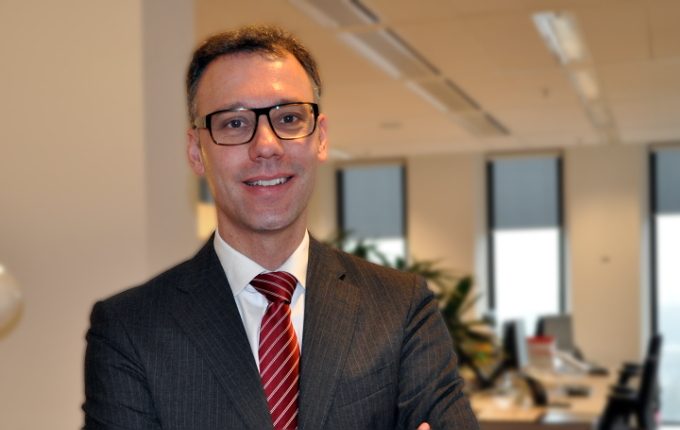Dutch pension fund APG has been running factor-based strategies for more than two decades, but the fund's Head of Quantitative Equity suspects it's on the eve of a very big change.
Register to Access this Exclusive [i3] Insights Article
Create a free account to access exclusive interviews with asset owners, revealing insights on investment strategies, market trends, and portfolio allocations.
If you already have an account you can Login .
If you have any issues registering an account please send us an email at [email protected].


